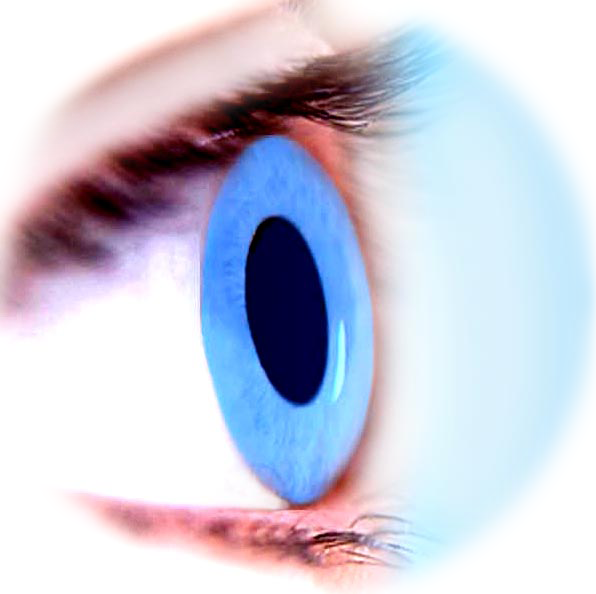MGE
Meibomian Gland Evaluator
Standardized, repeatable assessment of Meibomian gland function
Allows easy clinical recognition of Meibomian gland function.
The “Meibomian Gland Evaluator™ (MGE) offers a standardized, repeatable evaluation of the Meibomian gland function by applying the pressure of a physiological blink of the eyelid while the glandular secretions are observed through a slit lamp.
The MGE can easily be integrated into a routine examination and enables eye doctors to determine the function of the glands and to carry out a meaningful follow-up in the treatment of Meibomian gland dysfunction (MDD) .
MGE functions
Standardized, repeatable evaluation of the Meibomian gland function
Standardized physiological eyelid pressure is generated
Easily incorporated into a routine eye exam
Follow the progression of Meibomian gland obstruction
Determination of response to treatment
Affordable for every eye doctor
MGE - Easy to use
Use in slit lamp examinations
It can be used directly during the anterior segment examination at the slit lamp
The edge of the eyelid should be wiped off briefly beforehand
Testing in three standardized zones
According to scientific studies, it is suggested to examine in 3 zones along the edge of the eyelid
nasal
central
temporal
Physiologically, there are different numbers of meibomian glands in these zones
5 glands are examined together by one touch of the MGE instrument
Standardized physiological eyelid pressure
The MGE is placed below the eyelashes
The edge of the eyelid is tilted slightly forward
Then the MGE is gently pressed, whereby the white expressor pushes itself slightly into the handpiece
The expressor should not disappear completely inside the handpiece, but should remain within its elastic mechanical resistance
A mechanism then produces a pressure that corresponds to the normal eyelid pressure when blinking and thus allows to estimate the function of the glands.
Evaluation of the gland function
Active Meibomian glands with normal secretion can be recognized by the fact that a small puddle of clear oil arises at the gland opening (picture above ).
Disturbed secretion can be recognized by the fact that the exuding secretion is changed, e.g. cloudy, whitish, thick or toothpaste-like
Inactive Meibomian glands do not show any secretion under the applied physiological lid pressure (figure below ).




